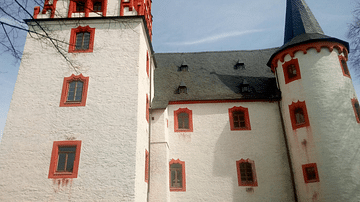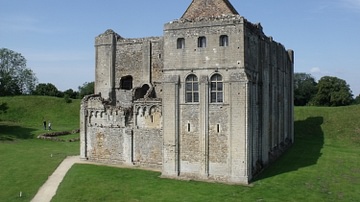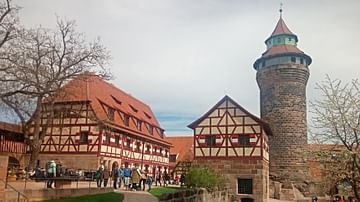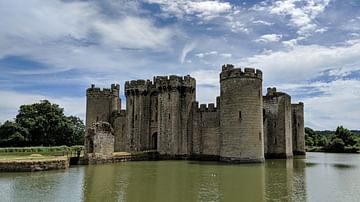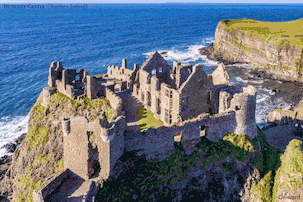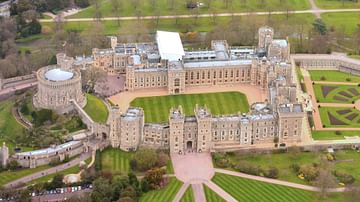Illustration
This impressive castle is located in Meißen, a small town close to Dresden, Eastern Germany.
In 929, King Heinrich I built a wooden fortification on a rock above the Elbe. This made Meißen the centre of the border region of the same name in relation to the still Slavic areas in the east. The margrave ruled over the entire March of Meissen and resided in the previous building of the Albrechtsburg, which went down in history as the "cradle of Saxony".
A late Gothic castle was built between 1471 and 1524 on behalf of the brothers Ernst and Albrecht von Wettin, who jointly ruled Saxony: Meissen Albrechtsburg Castle. The new residence was to be a representative administrative centre and residential palace at the same time. It was, therefore, less a defensive structure and more a palace. Because of the steep slope of the Elbe, the basement had to extend over two floors, followed by the ground floor and three upper floors. In particular, the sophisticated lighting through curtain arched windows and the cell vaults used throughout the palace were an architectural novelty. A masterpiece of staircase construction is the Great Wendelstein, a staircase of curved steps that wind around a filigree spindle.
However, Meißen Albrechtsburg Castle was never to be used in its intended function, because the brothers divided up Wettin territory while it was still being built. At times, receptions or hunting parties were held here, but the castle was mostly empty. Only August the Strong used the Albrechtsburg actively again, in 1710 - as Europe's first porcelain manufactory.
About the Author
Cite This Work
APA Style
Manea, I. (2022, May 06). Castle Albrechtsburg. World History Encyclopedia. Retrieved from https://www.worldhistory.org/image/15793/castle-albrechtsburg/
Chicago Style
Manea, Irina-Maria. "Castle Albrechtsburg." World History Encyclopedia. Last modified May 06, 2022. https://www.worldhistory.org/image/15793/castle-albrechtsburg/.
MLA Style
Manea, Irina-Maria. "Castle Albrechtsburg." World History Encyclopedia. World History Encyclopedia, 06 May 2022, https://www.worldhistory.org/image/15793/castle-albrechtsburg/. Web. 19 Apr 2025.



